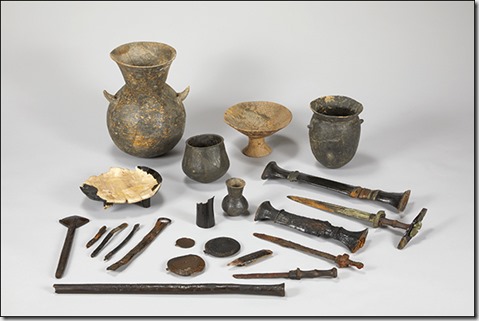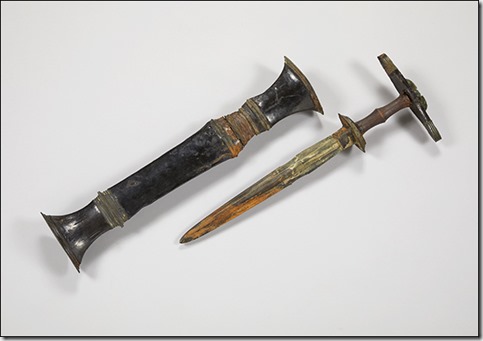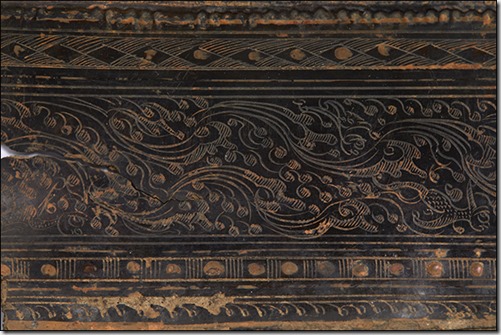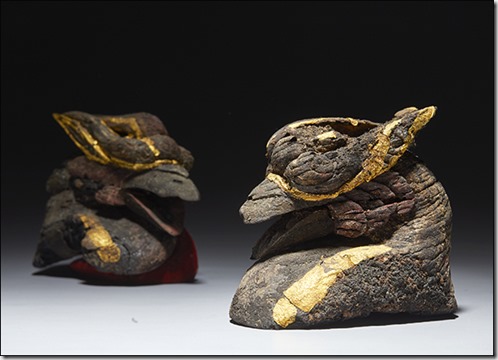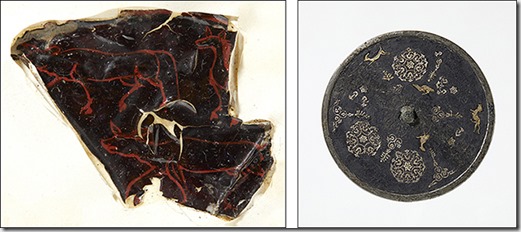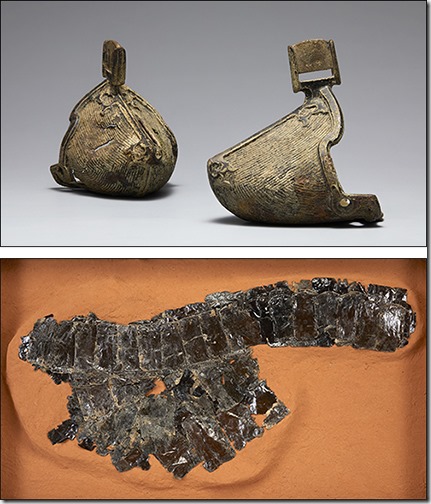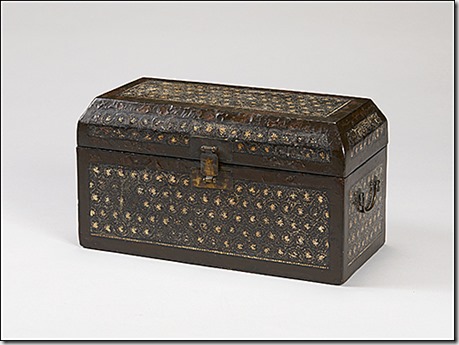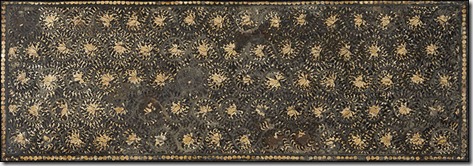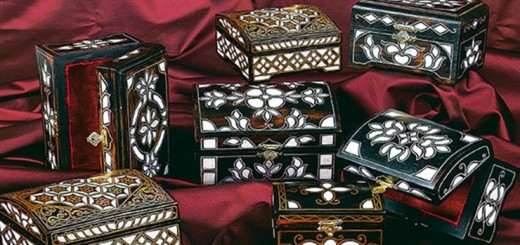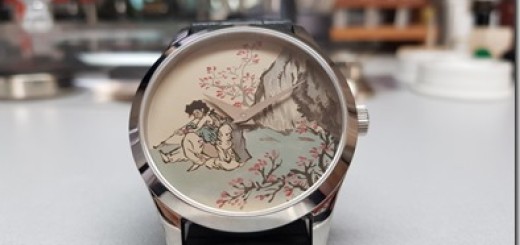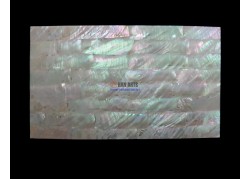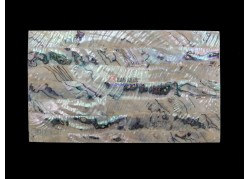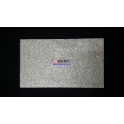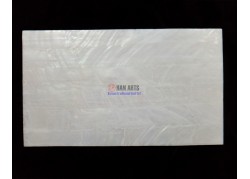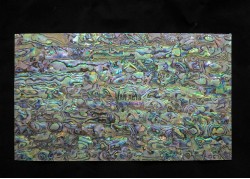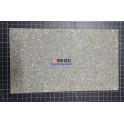National Gimhae Museum (Deputy Director, Jang Yong Joon) opens the exhibition <Lights of ancient times, lacquer> with special exhibition in 2019. The exhibition will be held from Tuesday, June 25, 2019 to Sunday, September 29, 2019. The venue is the planning exhibition room, there is no admission fee, and the opening ceremony is 3:00 pm on Monday, June 24,
Samhan ( BC 300 )
A unique display of cultural assets related to lacquer
From the Bronze Age to the Joseon Dynasty, we collected lacquered cultural assets in one place. The lacquer-related exhibition introduces the most cultural assets.
What is lacquer
The lexical meaning of lacquer is [contact dermatosis caused by lacquer tree, lacquer tree and lacquer tree plant]. Lacquer is the oldest natural paint used by mankind for thousands of years. The lacquer, which is better than the current paint, gives gloss and gloss to the object and makes it durable. It is actually the best paint available in nature. Part I introduces lacquer, lacquer tools, and lacquer making methods. It is prepared as a space to solve the curiosity about lacquer.
piece of lacquer ( Nak-rang BC 100 )
Our lacquer culture that has lasted thousands of years
The characteristics and changes of lacquer cultural properties from prehistoric times to the period of the North and South Korea (Unification Silla) will be examined. Yeosu, which has the oldest lacquer marks in Korea, is introduced as a non-wobble bronze sword, a beautiful black knife, a bamboo plate of the ruins of Changwon Dahori, Gwangju Shinchangdong lacquer ware, and lacquer ware. Especially, among the ancient lacquer cultural assets, they picked out the things that kept beauty and exhibited them separately. You can see glamorous lacquer, elaborate and various patterns, and glittering with gold and silver. You can also meet the colorful technique of Chalang lacquerware.
Lacquered with artistry and desire of old people
Lacquer was painted on various objects ranging from simple everyday objects to articles of war and sacrifice for the dead. Since lacquer is an expensive natural paint, it is often painted on objects possessed by valuable objects or people with high status. For this reason, lacquer looks more glamorous. Here I wrote various patterns, pictures and letters. Ancient people expressed their desire in these patterns and paintings.
Pheonix (Tomb of King Muryeong) AD 500
Pieces of lacquer ( Shila, BC 57 ~ AD936 )
Lacquerware starting from lacquer
The ancient lacquer culture was succeeded by the lacquer of Koryo ~ Chosun period. Lacquered lacquerware blossomed in Goryeo and Joseon is our representative technique based on the ancient lacquer tradition. The beginning of the sophistication of lacquerware from Korea, which was highly praised by the Chinese, began with lacquering in the Bronze Age. It is possible to feel the essence of the lacquer technology of the Koryo period.
LAcquer horse saddle ( Shila, BC 57 ~ AD936 )
The main exhibits include three nationally designated cultural properties representing the lacquer culture such as the Royal Mooring Queen Pillow Phoenix Decoration (National Treasure No. 164), Unification Silla bronze lacquered tile (Treasure No. 1151) More than 280 exhibited.
In addition, there are various lacquer ware (three kingdoms) excavated from Changwon Dahori and Gwangju Sinchandong excavations, lacquer lacquer ware, gold leaf lacquer sculpture (Goryeo, Goryeo, Three Kingdoms), Lacquer sculpture (Hwangnam-ri, Gyeongbuk, Three Kingdoms) And the oldest wooden lacquered lacquer ware (technique of painting and repainting the wood).
Laquerware Box ( Goryo/ Corea, AD 918 – AD 1392 )
Design of Laquerware Box ( Goryo/ Corea, AD 918 – AD 1392 )
The lacquer culture of our country has not been well known. There is also a lack of data on lacquer techniques. This exhibition was prepared considering how lacquer used for thousands of years had helped our ancestors.
Although we used a lot of lacquer in our cultural assets, the lacquer itself was not noticed as we focused on things. In the meantime, we did not know lacquer and its cultural assets. I hope this exhibition will help to understand the sumac and lacquer cultural assets.
